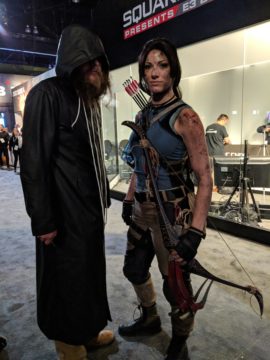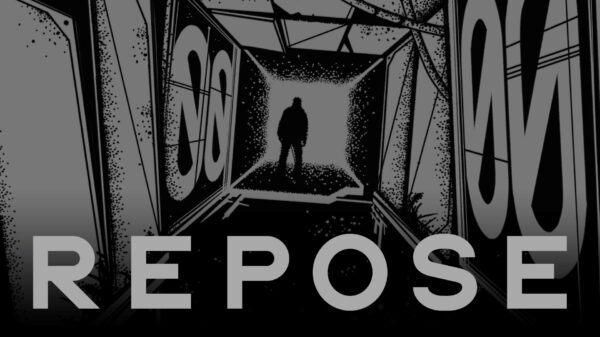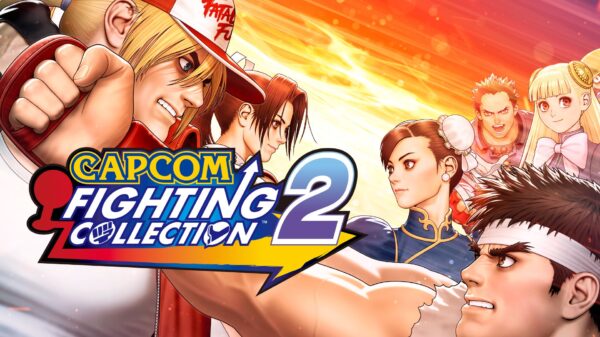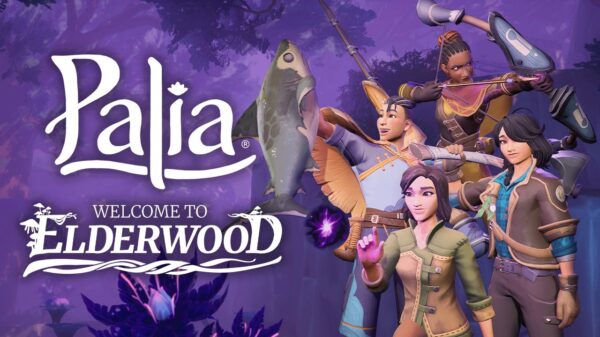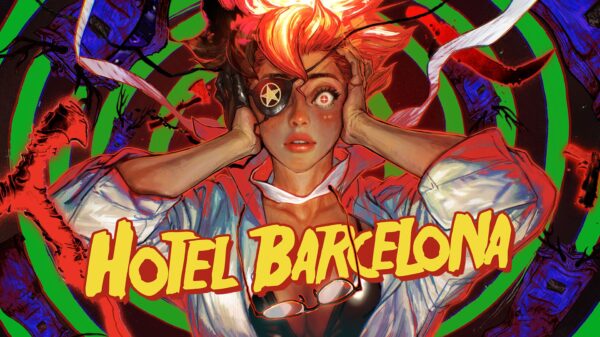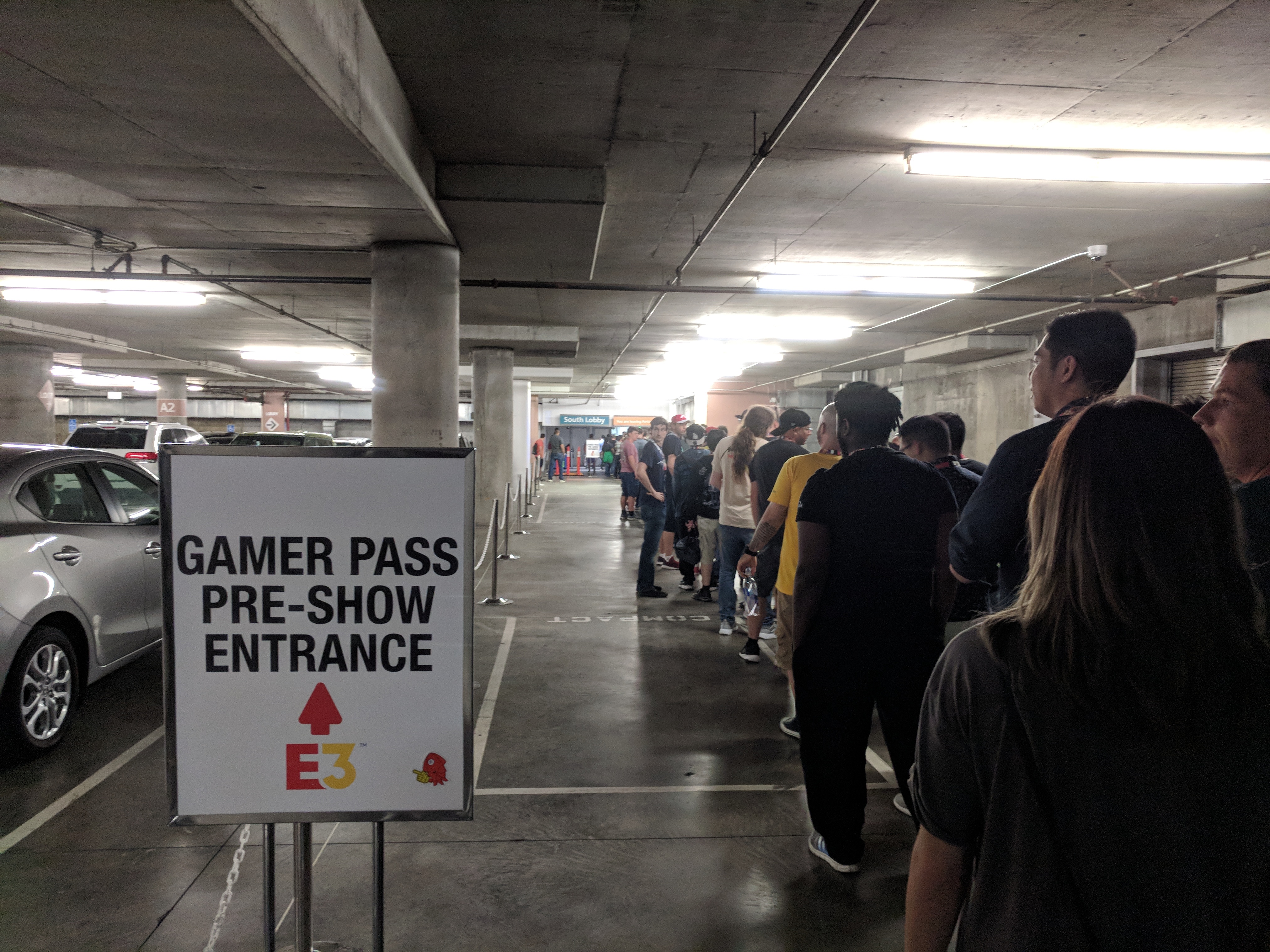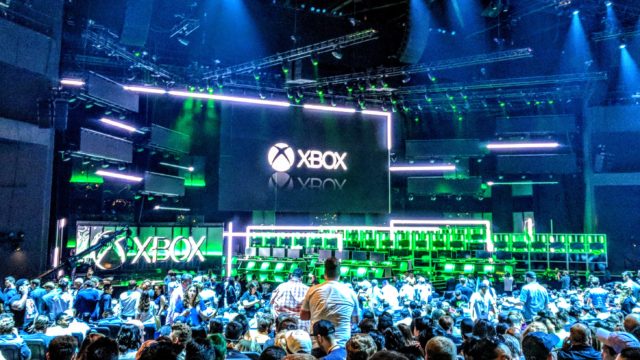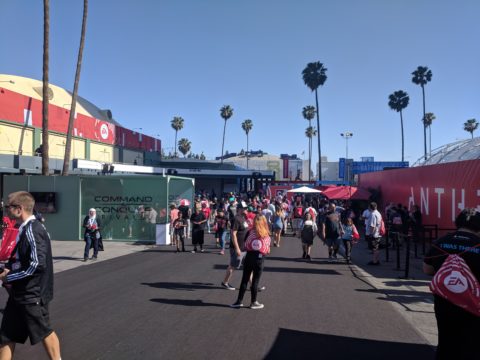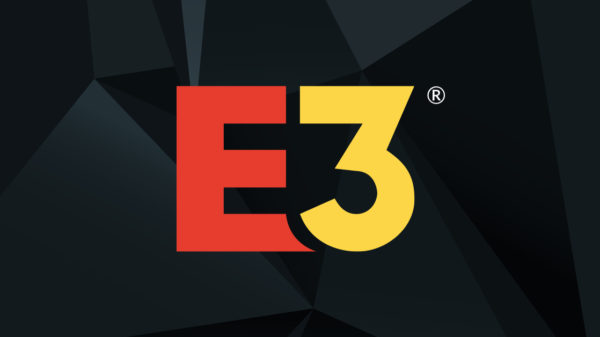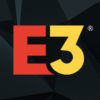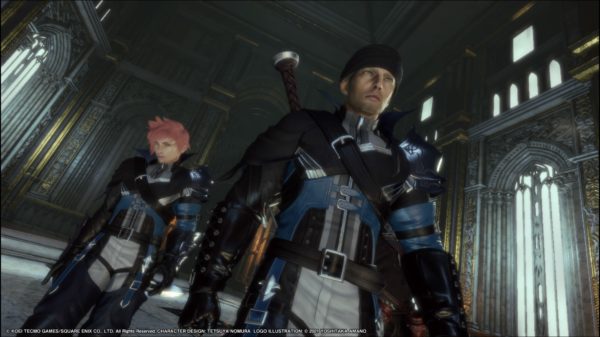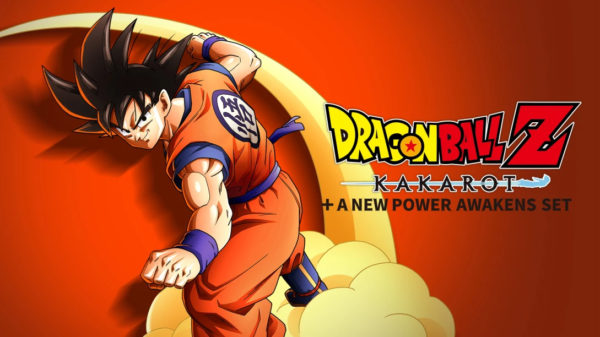I have attended the Electronic Entertainment Exposition as a member of games press for somewhere around 10 consecutive years. 2018 marks the second year the convention has opened up to the general public, so this year I decided to put on one of those ugly colored badge holders and wait in some underground lines with the other people who paid up to $250 for a badge.
E3 started as a trade show focused on business deals and a singular location for media from across the world come together with developers and publishers to spread the word about upcoming projects. It holds a level of mysticism among gaming enthusiasts as one of the most exciting times of the year, where people can play games that aren’t out for years, or might not even get released. A time when huge AAA developers and publishers pull out all the stops in an effort to generate the biggest headlines.
In recent years E3 has struggled to remain relevant. As gaming entered the mainstream, more opportunities for hands-on with unreleased games started popping up. PAX West (and their many other conventions around the world throughout the year) is an excellent example of how a gaming show can be bombastic, can generate headlines and most importantly for a public show, caters to and grows a community. Developers and publishers have much more control of when, and how they want to deliver their announcements and content. No longer are they reliant on the media coming to them, there are opportunities thanks to Internet becoming what it is today. Blog posts allow things like developer diaries and vlogs updating the world on their progress. Streaming platforms like Twitch allow teams to release their announcements directly to fans through their own events, or by distributing early builds and content to streamers and youtubers capitalizing on their social media followings, and existing communities. The costly, annual expedition to the smog filled Los Angeles Convention Center has become a hard sell.
Some companies saw the writing on the wall. Devolver Digital has been battling E3 and the ESA by taking over a parking lot just across from the LACC, offering up their inide collection, and providing a much more relaxed, easy-going opportunity for early looks at in-development titles. EA split off from E3 back in 2015, giving the public their first chance to see what their upcoming titles will be like, first-hand at their own event, in the LA area called EA Play. They’ve continued EA Play, and the show quality varies depending on the lineup of games coming by EA, which wasn’t very great this year. Nintendo, in an uncharacteristically, future-forward move stopped doing their live keynote presentations in favor of pre-recorded Direct style videos. They still have a presence on the show floor, but do a lot more of online streaming and presentations which cater to those watching from the comfort of their own home.
E3 really happens in the meetings rooms. The show floor is an interesting place, full of loud music, flashing lights and the occasional booth attendant handing out free stuff. The lines are long, full of industry and exhibitor badge holders (and now gamer passes) trying to get a glimpse of a new game to come. It’s never an efficient use of time to line up. Instead appointments are scheduled in advance of the show, presentations are given at specific times, and people that need to do E3 for business or media get the real show, of demos and games that don’t have any presence without (this year CD Projekt Red continued their tradition of only showing their game to those with appointments).
2017 was the first year the ESA sold tickets to the public, as an acknowledgement that E3 is no longer sustainable in its current form, and needs to change to survive. However it was a disaster. The show didn’t change for the public, other than the public was allowed in. Space between booths were too narrow to accommodate the larger crowd, line control wasn’t a thing and industry, media, and gamer badges were all lumped into the same entrances, opening at the same time. This made it impossible to get into the show floor on time for meetings during the early hours of the show.
Because of the madness of 2017, I decided to go undercover, with a gamer pass, to see if E3 is worth its $250 price tag. Spoiler, it’s not.
The Security
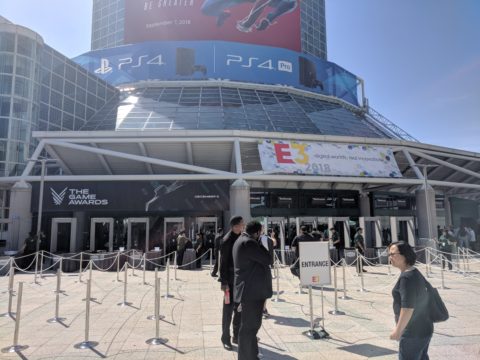
For the first time in its history, E3 had a strict security entrance plan. Metal detectors at every entry point, strict bag size restrictions for those on the gamer pass, and bag checks for those able to bring in real backpacks. They even had dogs on patrol for nefarious goods. This has become a harsh reality of conventions within the US as the climate dictates its necessity. That being said I have to be a little skeptical and wonder if the bottled liquid ban was because of security concerns, or to drive up revenue by forcing attendees to buy their drinks or hunt down a water fountain. I was first very skeptical with how this would impact the time it takes to get in and out of the convention center, but the team running security was excellent, perhaps the most organized and painless thing I have ever experienced at E3. Unfortunately with different requirements for different badge holders, it becomes easier to take advantage of the cracks. I had a couple of trusted individuals confide in me that exhibitor passes were able to bring in whatever they wanted, without search, and without metal detectors. This is a pretty glaring hole in security, as it wouldn’t be too hard for a person with intentions to get ahold of one of these exempt badges.
The Lines
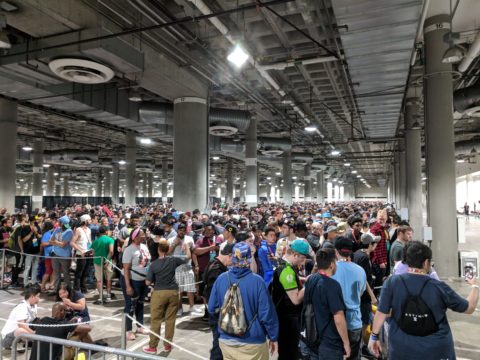
Lines are absolutely the most dreaded part of any convention for me, so I was shocked when I didn’t see crowds of people wrapping around the LACC like in 2017. As I followed the signs for the gamer pass entry I soon discovered why. They were guiding people into the parking garage, and putting them in disorganized lanes for them to wait. I will say waiting underground instead of outside in the LA sun is a much more enjoyable experience. I entered the line on day one, just 30 minutes before the doors were set to open for the gamer pass holders. The structure and layout was very similar to something like PAX. Several wide lanes were created, and people queued up in these lanes. I was under the false-impression that these lanes were numbered and that the people who lined up earliest would get in first, but as the clock struck 2PM I was surprised to find the lane I was assigned to, was the first to be let inside. This must have been devastating to the crowds of people I was told had been in line since 8AM. Overall the lines to enter the convention weren’t nearly as bad as I expected. On day two, I waited for the entire line to pass me by before I entered the west hall, and I was ready to stand in a line on the show floor less than 10 minutes after doors opened. Maybe it’s because the convention center has several entry points, or because Microsoft was nextdoor in LA Live, and EA had their thing in Hollywood, but it was a pretty painless experience entering the convention center. By the third and final day, people had clearly wised up and were avoiding the convention center. There must have been a serious badge resale problem, because this was the only day where you had to show ID to enter. This is a frustrating policy, to have to show an ID that matches your badge upon entry of the convention center, especially when there is a restriction on bags, and the area surrounding E3 is the kind of place where I wouldn’t think it’s weird to leave your wallet at home. It’s a hassle caused entirely to prevent the resale of badges, which comes across as very desperate by the ESA. Luckily some of the attendees I was watching entered were allowed to show a social media account in place of bringing out their wallet on the streets of downtown LA.
The Show Floor

The show floor had been altered slightly to accommodate for larger crowds this year, with much more space between booths. The downside to this is that the booths themselves were decreased in size to make this happen. Smaller booths means fewer kiosks with games to play, which means longer lines and wait-times. The popular games, like Resident Evil 2, had lines that were filled and capped immediately upon entry. Part of problem is that gamer passes get entry hours after industry has already been wandering around. I talked to a game pass holder who rushed to line up for RE2 each day, as soon as he was allowed in, only to find the line was already filled by people holding badges which allowed them entry at an earlier time. The only option at this point was to linger around the booth, hoping to be around when the line reopened. This is a terrible system for fans to get a chance to see the things they are most excited to see, and in some cases end up wasting an entire day just to see one game. Nintendo and Sony have figured this out in most cases by having a way to reserve spots in advance, either online or by lining up and getting a ticket to come back at a later time. These methods should be implemented by more booth spaces, because waiting around for hours for the chance to wait in line to play one game for the entire day, is a terrible way to spend any convention.
Another issue with the show floor is how some booths have zero things to offer, or dedicate too much space for meeting rooms. The convention center has plenty of meeting room spaces in the surrounding halls that don’t get utilized. One of the biggest offender this year (and in previous years) Is Take-Two. T2 has a massive compound, luxurious looking booth with a huge glass door entry way, closed off to anyone without a business appointment. If the ESA really wants E3 to be a consumer show, they should have some kind of regulations in place, requiring booths to have a focus on the gamer pass attendees, and keep the meetings to the meeting rooms.
The Coliseum

Having panels at a consumer convention is a must, and E3 has come a long way in previous years, unfortunately they aren’t a strong selling point when all of the content is made available to watch from home, for free and dozens of other media outlets (Giant Bomb, IGN,GameSpot, MonsterVine etc..) are running their own daily and nightly content. One of the things that seperates gaming from other entertainment is the interactive nature of the content. One of the greatest things about going to gaming conventions is actually getting to PLAY with newly announced and in-development pieces of entertainment. To get into the E3 Coliseum, fans needed to queue up first thing in the morning, before the show floor even opens, make sure you navigated to the right section of the outdoor space (signage was present but not very clear) then you had to get a ticket, once you had that ticket you could enter. I skipped out on the Coliseum, because as a gamer with a gamer pass, I wanted to play some games, but mostly stayed in long lines.
E3 2018, is it worth it?
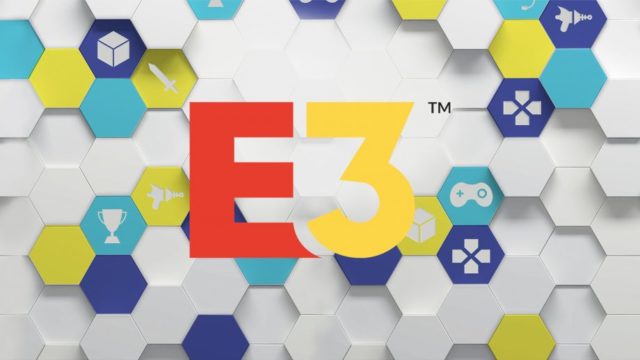
Hotels around the LACC are very pricey, especially around E3. It’s a deal if you can find something for under $300 a night, if not expect to use ride-sharing apps like Uber and Lyft, because the public transportation in the area is very limited. If you want to drive you’ll have to consider parking costs; on a good day expect to pay at least $15 but if The Kings or Lakers are playing, expect to pay closer to $50. Those costs, plus the cost of the food they try to sell you within the convention center (the added time layer of security hassle, a tiny-bags-only policy, and no outside liquids) E3 is expensive enough without thinking about the cost of a ticket. If you manage score yourself a free badge, or something at a very discounted rate, yes go for it. E3 is a magical place. The blending of massive marketing budgets, new creative games and experiences that are still limited. E3 is still the biggest games industry trade show in the world, and it is still manages to shock and awe a 10 year veteran like myself, but their lack of community building and trying to be everything to everyone comes across as desperate and clueless. If you are ready to drop a few thousand dollars on a gaming convention, think about going to one that focuses a little less on the business side of things and at least has a community wrapped around their money making tactics.
Enjoy this picture of me with dressed in what I am told is a Kingdom Hearts costume, posing with the Square Enix supplied Tomb Raider cosplayer.